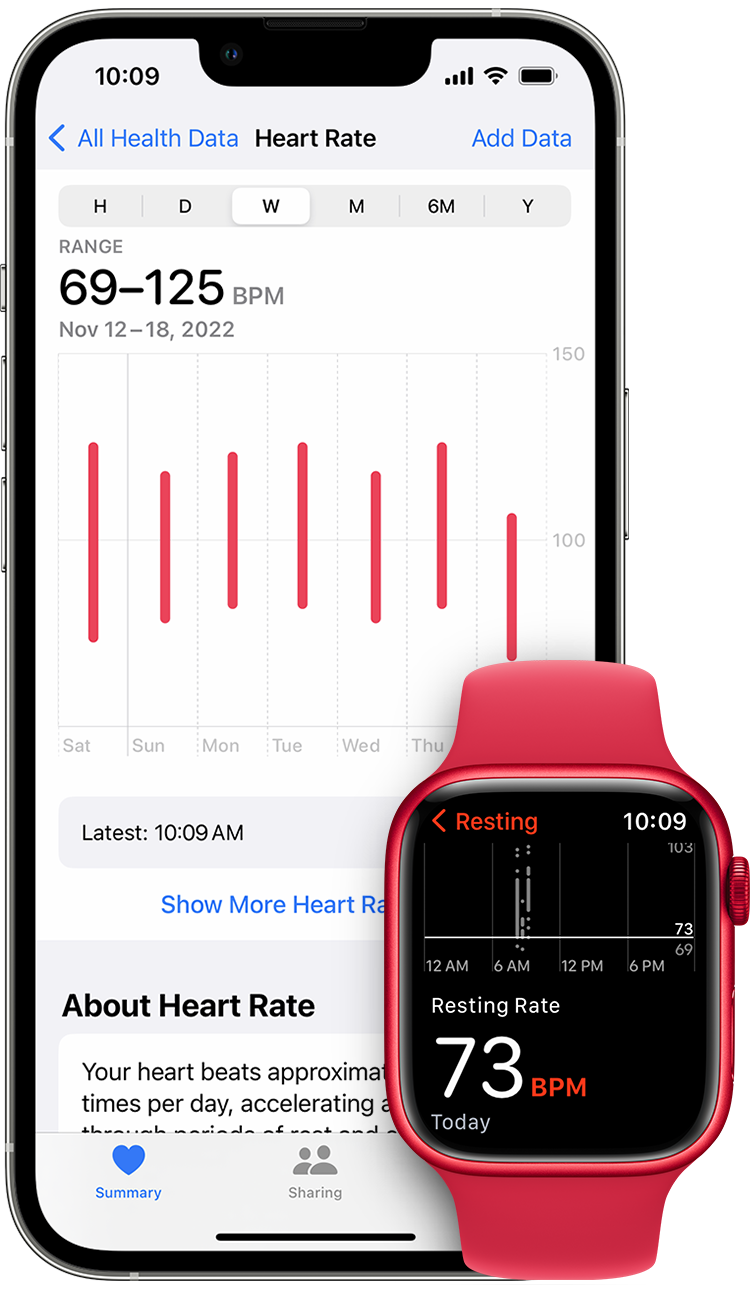Heart Rate Variability (HRV): what is it and how it can be used to guide training

Heart rate variability (HRV) is a fairly new metric that has gained popularity in recent years as a way to monitor overall health and wellbeing, in addition to measuring heart rate during exercise. HRV is simply a measure of the variation in time between each heartbeat. The fluctuation in heart rate, or variance in time between beats, is a result of the interplay between the sympathetic and parasympathetic nervous systems, which regulate heart rate, blood pressure, breathing, and other background bodily functions. HRV can be tracked through ECG or wearable devices, such as the WHOOP 4.0 strap, and is most accurately measured over many heartbeats.
HRV offers a non-invasive way to signal imbalances in the autonomic nervous system. A high HRV indicates a balanced nervous system and a greater capability of adapting to the environment, while a low HRV suggests one branch of the nervous system is dominating the other, indicating fatigue, stress, or illness. HRV is also a holistic indicator of stress, fatigue, and recovery and can be used to track the impact of training, lifestyle, and biological factors on health and wellbeing.

HRV is a personal measure and varies greatly between individuals, so it is best to track HRV as a trend. Younger people and elite athletes typically have higher HRV, but what is considered good heart rate variability differs for each person. HRV has become a key metric in the latest wearable devices, including WHOOP and Garmin, and is used to categorize an individual’s readiness to train. When HRV is high, the body is ready for a greater workload, and when it’s low, it’s a sign to focus on recovery. HRV can be a valuable tool for making the most of training, allowing individuals to train smarter and more efficiently by modifying the intensity and duration of exercise based on HRV.
The Effectiveness of HRV-Guided Training
A research team from Miguel Hernandez University sought to determine the effectiveness of a daily HRV-guided training program compared to a traditional pre-planned training program. 17 cyclists participated in the study.
After a 4-week baseline period, half of the athletes followed an 8-week pre-defined training program (TRAD) while the other half followed an 8-week HRV-guided program (HRV-G). The traditional program consisted of 3 weeks of increasing intensity followed by a recovery week. Meanwhile, the HRV-G group had their training prescribed based on their HRV scores.

The study found that the HRV-G group spent less time training at moderate intensity and more time training at low intensity, though this did not reach statistical significance. There were no differences in the time spent at high intensity. This resulted in a more polarized training approach for the HRV-G group.
Both groups showed improvement in response to their training programs, but the HRV-G group saw greater increases in Maximal Aerobic Power, Power at VT2 (FTP), and 40-minute TT Power. The authors attributed these results to optimized high-intensity training and reduced time training at moderate intensities.
Practical Implications and Conclusion
The results of the study indicate that HRV-guided training is more effective than traditional training programs in terms of improving Max Aerobic Power, FTP, and 40-minute TT power. By tracking HRV, individuals can adjust their training to optimize recovery and complete high-intensity sessions only when their body is ready.
However, it’s important to remember that HRV and other recovery measures are just data to guide decisions, and it’s crucial to also be mindful of one’s own sensations and feelings. Train smart!





